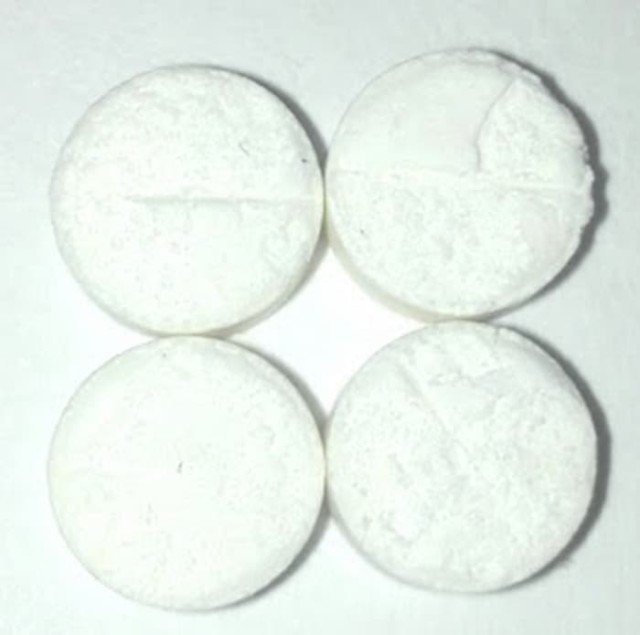For small laboratory press, various problems will occur during use. For example, the surface defects, the piston may not return to the top of the cylinder when the press is released, or the piston may get stuck in the cylinder. In addition, the press may not be able to apply sufficient pressure to the sample.
So how to reduce or prevent surface defects of the lab press?
Today, Kindle Tech will share with you some situations how to prevent surface defects of the lab press.
Measures
1. Prevent and control the variegation of the material itself
Some materials have a certain variability of their own.
When it comes to manufacturing process, there are a lot of factors to consider in order to have a successful output. One of which is the perfect granulation and drying process to achieve the desired material granules. However, this process is not always perfect and may result to mixed-colored material granules. This happens when the mixing and conveying equipment are not cleaned properly. As a result, it would be hard to achieve the perfect color for the material granules.
2. Prevent chemical reaction of materials
The feeding substrate is the part of the lab press that actually comes into contact with the material being processed. Scraper plate, powder collecting ring, scraper and stopper are all parts of the lab press that come into contact with the material on a regular basis. These parts are often made of corrosion-resistant bronze materials to prolong their lifespan.
Special materials that are prone to chemical reactions with copper parts and cause discoloration need to have the material of the relevant parts replaced with austenitic stainless steel. This will provide more stable performance during the testing process.
3. Prevent the material from friction and heat discoloration.
The high-speed rotating turntable of the lab press moves relative to the parts in contact with the material, such as the substrate and the quantitative scraper of the feeding system, and forms mutual friction through the material medium. The resulting heat is quickly conducted to the material, and the material is rapidly heated to the process temperature, so that the heating speed is extremely fast, and the heating uniformity is also very good.
When the generated heat value exceeds the melting point of the material, the material will be oxidized and discolored, resulting in black or color spots on the tablet, especially for heat-sensitive or low-melting materials. This is why it's important to be careful when handling tablets that have been exposed to high heat - they may be damaged beyond repair.
After the adjustment, the tablet should be tested to verify whether there is any discoloration of the material.
4. Prevent materials from being contaminated by the lubricating oil of the main engine.
If the main engine lubricating oil is excessive or the equipment is not properly managed, it is easy to cause the main engine lubricating oil to contaminate the material or attack the tablet, resulting in black spots or color spot surface defects. In addition, if the main engine bears too much load for a long time, it will also cause the main engine spindle to run out of round and cause the tablet surface to have concentric circles or elliptical shape defects.
To ensure the smooth operation of the lubrication system, it is necessary to control the oil supply. This can be done by adjusting the valves or by using a oil pump.
Related Products
- Automatic Laboratory Hydraulic Pellet Press Machine for Lab Use
- Heated Hydraulic Press Machine with Heated Plates for Vacuum Box Laboratory Hot Press
- Laboratory Manual Hydraulic Pellet Press for Lab Use
- Laboratory Hydraulic Press Lab Pellet Press Machine for Glove Box
- Heated Hydraulic Press Machine with Heated Plates for Vacuum Box Laboratory Hot Press
Related Articles
- A Comprehensive Guide on Pressing XRF Pellets Using a KinTek Automatic Hydraulic Press
- Operating of Automatic Lab xrf Pellet Press
- How to choose a laboratory hot press
- Fully automatic tablet press operating steps and replacement accessories
- Automatic Hydraulic Press: The Ultimate Guide for Efficient Sample Preparation and Industrial Processes










